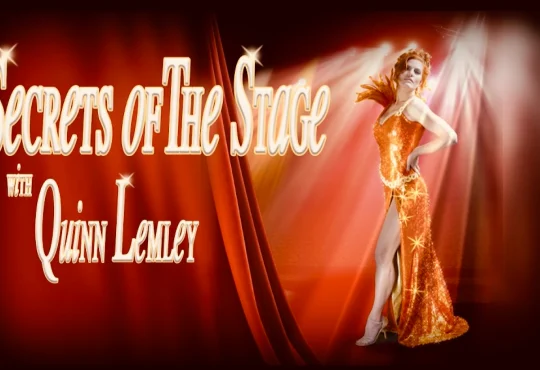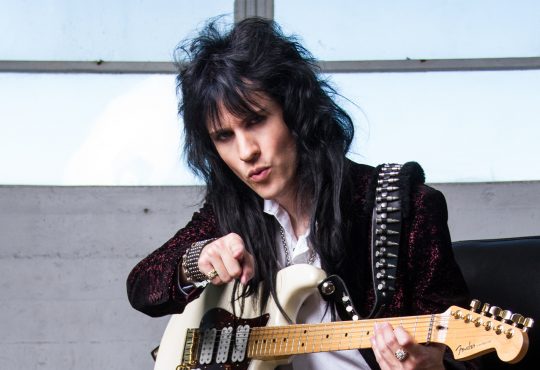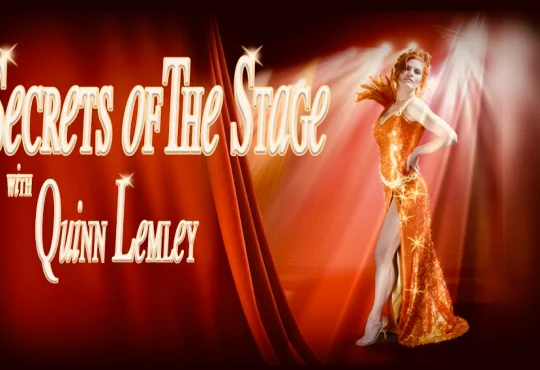The Live-Action ‘Cowboy Bebop’ Takes an Anime Classic Into the Stratosphere
Like catching a roadrunner without getting an anvil dropped on your head, adapting animated stories into live action is a high-risk endeavor. There are so many things you can do with relative ease in the former medium that create enormous difficulties in the latter. It’s not just about spectacle and style, but tone. There’s a distancing effect to animation that allows weirder concepts to feel perfectly logical, and for mismatched elements to blend together seamlessly. Sometimes, the live-action adaptation works, and it turns out that Brendan Fraser is an even more cartoonish George of the Jungle than the Sixties animated TV version. More often, though, you get disasters like M. Night Shyamalan’s The Last Airbender that lose everything in translation.
I have only seen clips of Cowboy Bebop, the late-Nineties Japanese series that introduced a generation of Western viewers to the world of anime. So I can’t speak to how faithful or satisfying fans of the original will find its Netflix live-action remake. But the new version very much feels like a project with anime roots, and has for the most part figured out how to make its influences work with flesh-and-blood actors and practical sets. It’s a lot of fun.
The Netflix series was developed by comic-book writer and Marvel TV/movie veteran Christopher Yost, with Andre Nemec serving as showrunner and several members of the anime creative team (notably composer Yoko Kanno) involved. The series takes place in the 22nd century. Earth is uninhabitable, so humanity has spread out to various planets and moons and other locales across the solar system, which have been terraformed to resemble our home world. (Much of the action in the premiere, for instance, takes place on the asteroid colony of New Tijuana.) Our heroes are “cowboys,” or bounty hunters, who roam the system on their ship, the Bebop, in search of fugitive criminals. The Bebop belongs to Jet Black (Mustafa Shakir), an ex-cop with a metal arm who lost everything when he was framed for the crimes of a fellow officer. His partner, Spike Spiegel (John Cho), is secretly a former assassin for the intergalactic Syndicate, while the pair are frequently harassed or assisted by fellow cowboy Faye Valentine (Daniella Pineda), whose past is a mystery even to herself. And, in time, Spike’s ex-Syndicate partner Vicious (Alex Hassell) and ex-lover Julia (Elena Satine) get clues that the man they knew as “Fearless” may not be dead after all.
This results in a thick stew of ingredients: science fiction meets neo-noir meets buddy comedy meets Western meets kung fu gangster epic. Jazz fills the soundtrack — and a lot of the dialogue from Charlie Parker fan Jet(*) — while the technology is a mix of wildly futuristic and retro, from interplanetary holographic communication to top-loading VCRs. These individual pieces should not work together as well as they do here, and it’s hard to imagine a live-action show even trying so many disparate elements without having source material that had already done so. (The closest comparison may be the short-lived Joss Whedon outer-space Western Firefly.) Yet the creative team (including frequent director Alex Garcia Lopez) makes the combination all seem perfectly natural.
(*) The show is just self-deprecating enough to get away with its various affectations, making sure to show, for example, how bored Faye is whenever Jet begins monologuing about his favorite music.
The visual palette, meanwhile, is a blend of high and low elements, blending modern special effects with Fifties-style green screen in a way that looks simultaneously primitive and cool, so even the sequences that seem cheap pop off the screen in appealing ways. Many of the costumes (most notably Spike’s blue suit with popped shirt collar) and even some of the shots are borrowed from the anime, yet the show never comes across as slavishly imitative or like a museum replica. This is a lively and confident series that knows what it is and how it wants to tell its stories.
Those stories are mixed and matched from the anime, and merge bounty-of-the-week plots with the more serialized Syndicate story, which plays out in the background until late in the first season. It’s always a relief to see a streaming drama that both deploys standalone stories in its episodes and is proficient at telling them, which avoids the kind of narrative bloat that tends to infect a lot of Netflix series. The bounty plots are where Bebop is at its strongest, as Julia is dull and Vicious (Hassell sports a white wig making him look like he’s trick-or-treating as the Witcher) is too often a caricatured sociopath(*), though a late-season flashback to Spike’s time as Fearless effectively recontextualizes both characters.
(*) This can be a very violent, gory, and sexually frank series. Look out for a recurring gangster character called the Eunuch because he castrates his victims; ecoterrorists deploying a chemical that transforms people into trees in a disgusting on-camera fashion; and a BDSM mistress who objects to talking with Spike and Jet because “I’m already late for my midnight bukkake.”
Much of the strength of the bounty stories is a credit to the easy, lived-in chemistry between Shakir as the frustrated and responsible straight man and Cho as the cocky live-wire. Both actors are excellent (as is Pineda in the more Faye-heavy episodes), and Cho in particular is so effortlessly cool and charismatic that it’s a wonder Hollywood hasn’t tried him in leading roles more often over the years. The fight scenes where Spike shows off his Jeet Kune Do skills are staged and shot a bit deliberately, just to make sure you see every move(*), but at the same time, they make sure you see every move, which is a welcome change from a lot of muddy modern action on TV and in film.
(*) With well-deployed exceptions, that is. One of the season’s funniest gags involves Spike singlehandedly taking on an army in the fuzzy background of a scene where Jet is enjoying his estranged daughter’s dance recital.
And even the less elaborately choreographed action sequences tend to maintain the sense of humor that’s palpable when Spike, Jet, and Faye are just hanging out on the ship or grabbing noodles at a food truck. It’s a hangout show as much as it is a thriller, a space opera, and so on. And it’s good at nearly all these things. Every time it seems as if none of these elements should make sense together, especially in live action, Cowboy Bebop goes sprinting off a cliff, refusing to look down at the void, and just keeps moving forward.
All 10 episodes of Cowboy Bebop begin streaming on Netflix on Nov. 19. I’ve seen the whole season.







